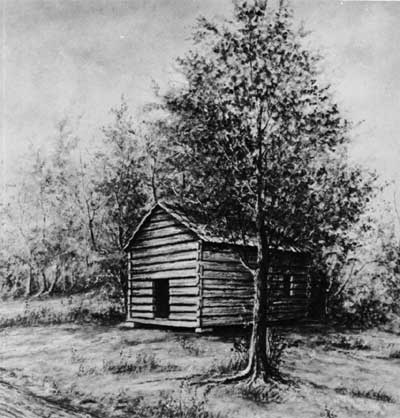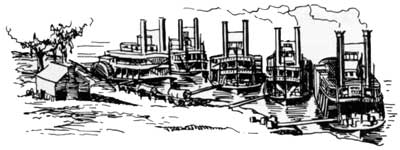|
SHILOH National Military Park |
 |

Shiloh Church, painted by Capt. A. M. Connett, 24th Indiana
Volunteer Infantry, a participant in the battle.
SHILOH NATIONAL MILITARY PARK preserves the scene of the first great battle in the West of the War Between the States. In this 2-day battle, April 6 and 7, 1862, both the Union and Confederate Armies suffered heavy casualties, bringing home the horrors of war to the North and South alike. Nearly 24,000 were killed, wounded, or reported missing—a number equal to more than one-fifth of the combined Union and Confederate Armies engaged in the battle. By their failure to destroy the Federal Armies at Shiloh the Confederates were forced to return to Corinth, Miss., relinquishing all hold upon West Tennessee, except a few forts on the Mississippi which were soon to be wrested from them. Their failure at Shiloh foreshadowed the loss of the Memphis and Charleston Railroad, the South's vital line of communication between Chattanooga and the Mississippi. After the fall of Memphis, early in June, the Federals were in position to strike at Vicksburg, the conquest of which would give them control of the Mississippi and split the Confederacy in two.

The psychological effect on the South of the Union campaigns was probably of greater importance than the material gains or losses of the contending armies. The Confederates learned by bitter experience the error of their former opinion of the Union soldier. No longer could they boast that the fighting ability of one Confederate was equal to that of 10 Federals, now that Southern dash and chivalry had been grievously tried against Northern valor and endurance.
The near-defeat at Shiloh removed the illusion of easy victory, created by the fall of Forts Henry and Donelson, from the minds of Northerners. They now realized that the struggle was to be a long and bloody one. A few days after Donelson, one Union soldier wrote: "My opinion is that this war will be closed in less than six months from this time." Shortly after Shiloh the same soldier wrote: ". . . if my life is spared I will continue in my country's service until this rebellion is put down, should it be ten years."
Shiloh is not distinguished by outstanding generalship on either side, but it is interesting as a battle fought by raw volunteers—young men without previous experience in a major engagement and with little or no military training.

|
|
Last Modified: Mon, Dec 2 2002 10:00:00 am PDT |


